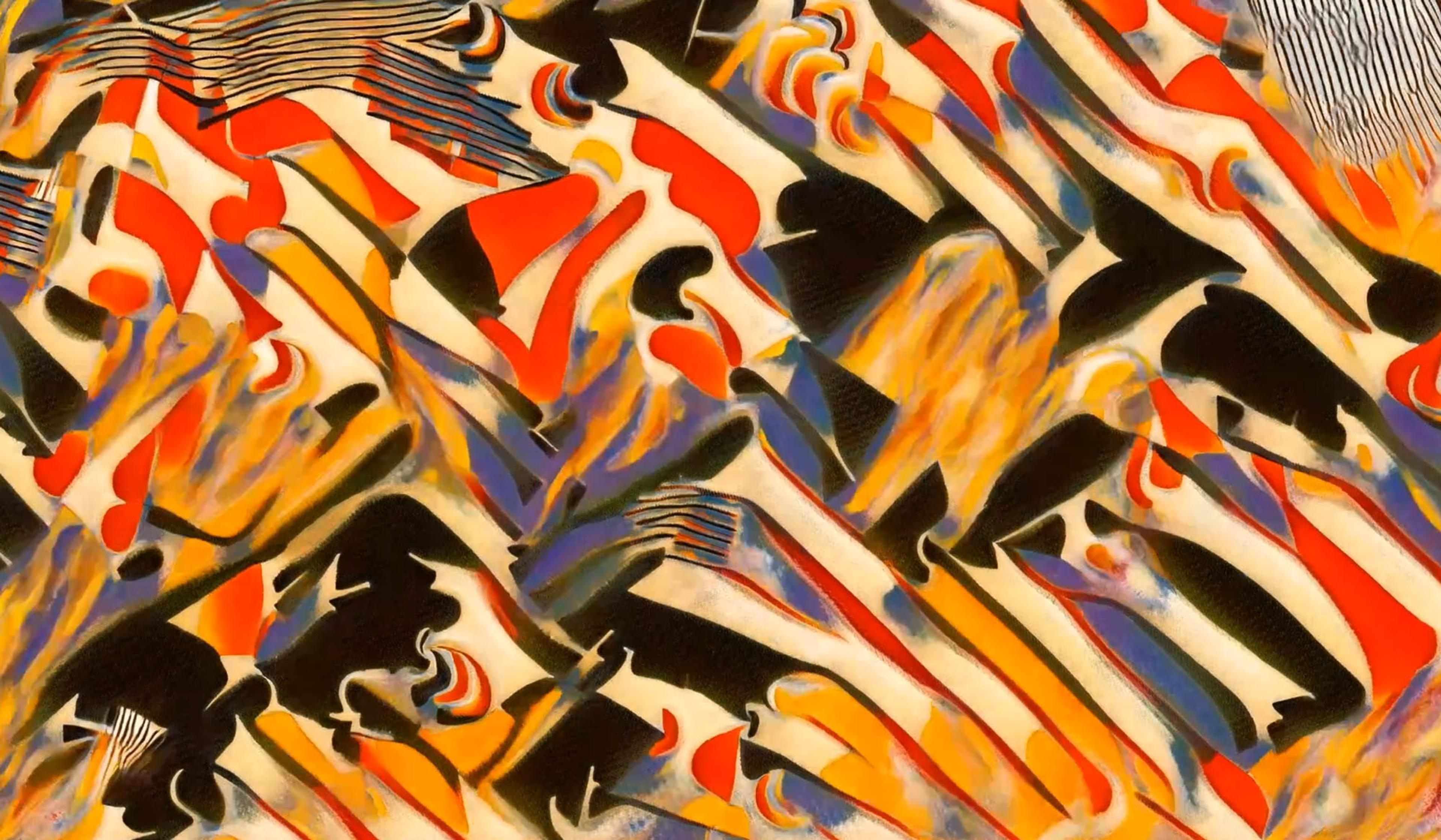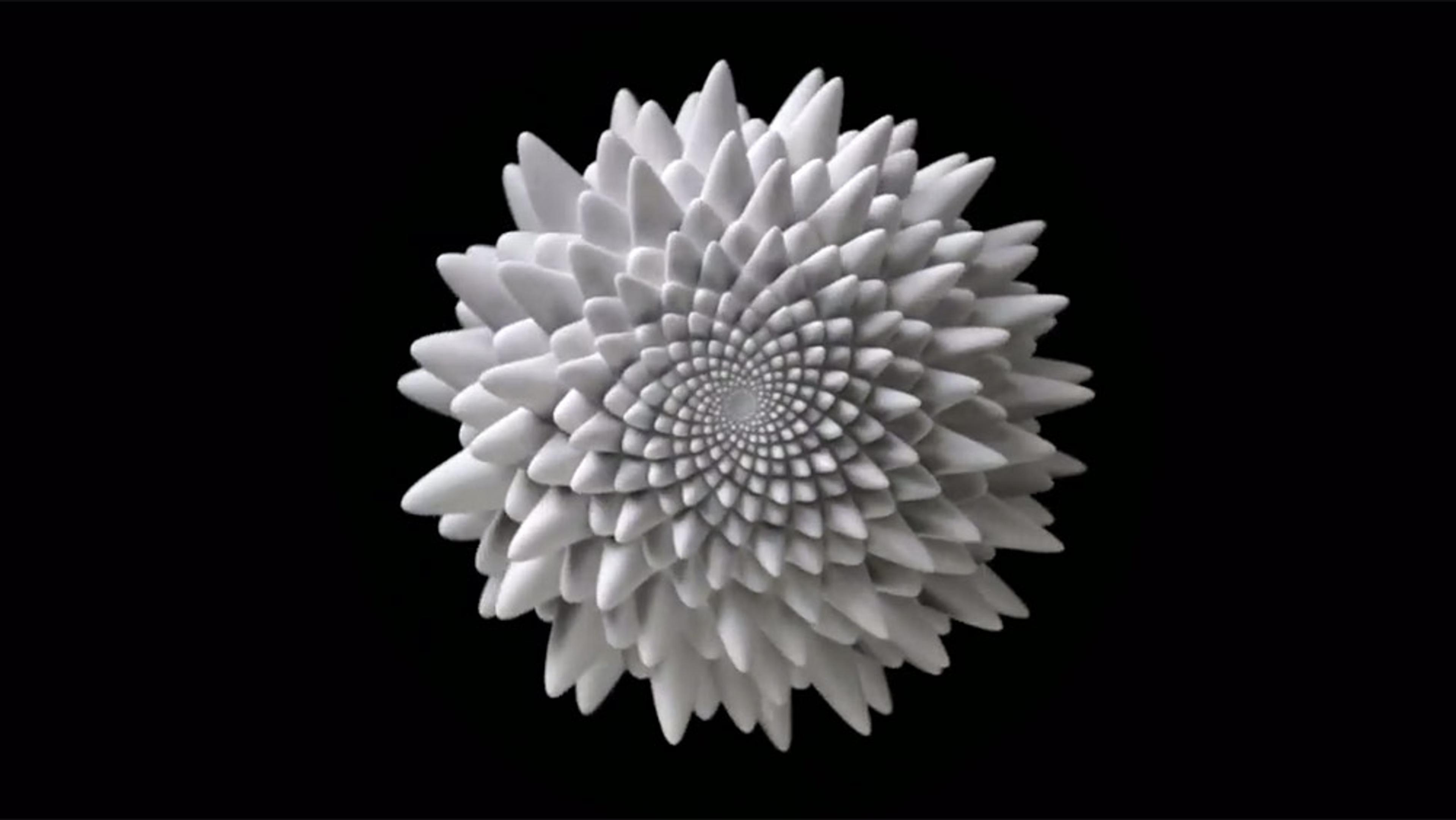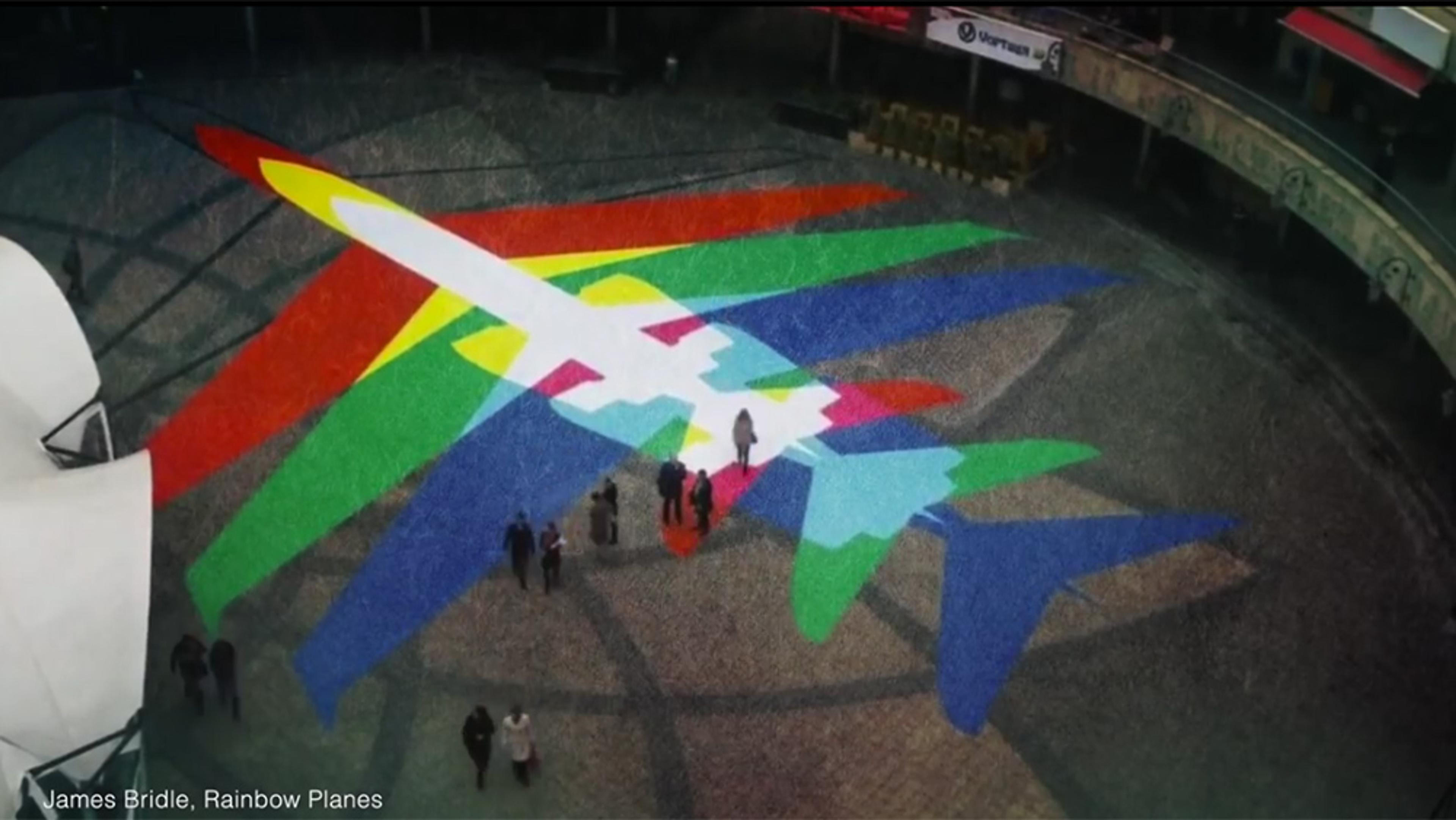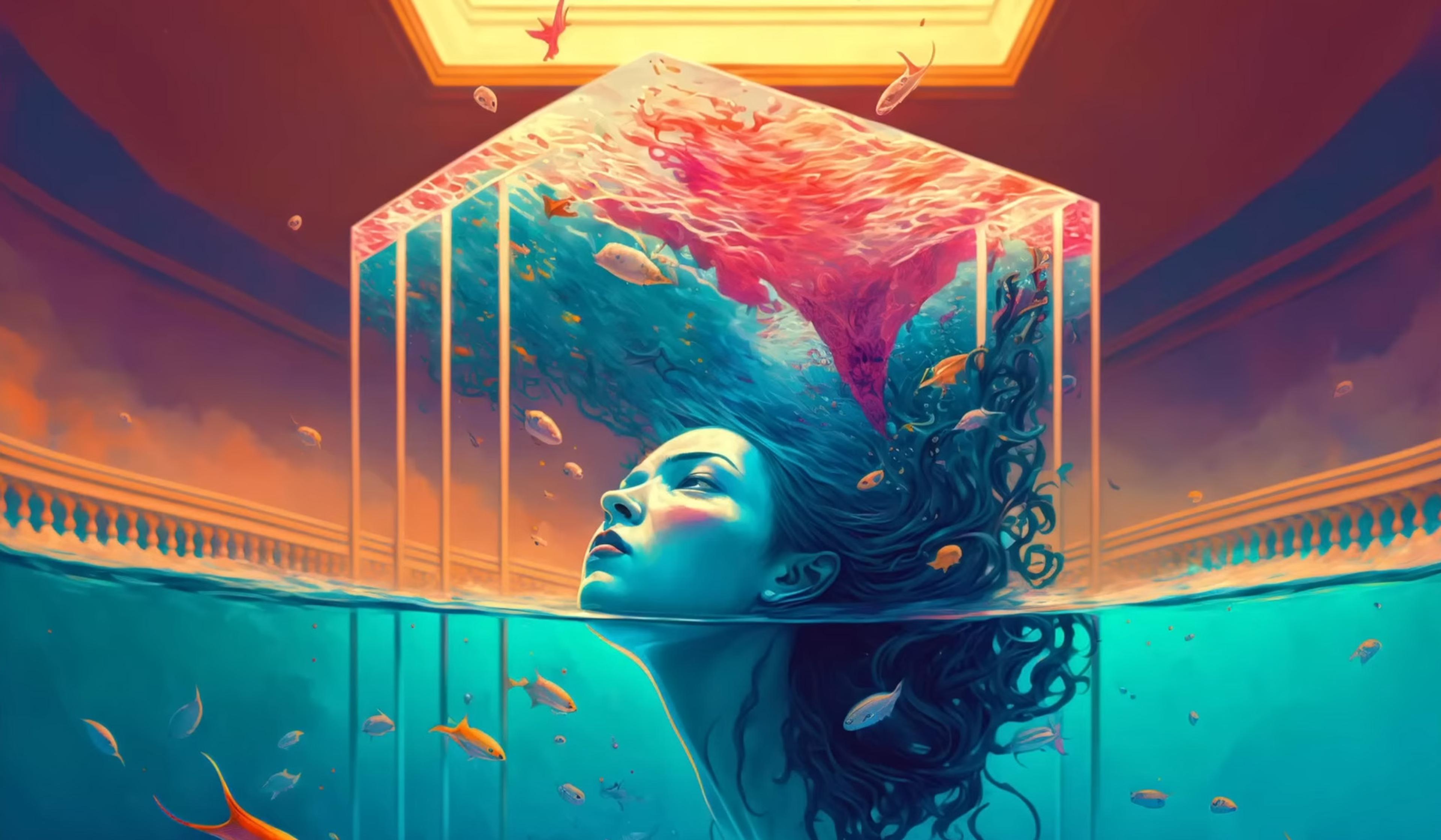When viewing the work of the US artist and tool developer Joel Simon, you might find that his images are unlike anything you’ve ever seen before – which makes sense, as they weren’t quite born of nature or a human mind. Inspired by the biological properties of evolution and emergence, Simon uses simple programming rules, which, when applied over and over, give rise to uncanny images that augment the human imagination. His most recent work, explored in this video from Science Friday, applies a machine-learning framework known as a generative adversarial network (GAN) to two images. Guided by human users via Simon’s website Artbreeder, his programs ‘crossbreed’ pictures of everything from animals to artworks. Fascinating digital artefacts in their own right, the resulting, author-less images raise complex questions at the nexus of art, programming and design.
The uncanny art inspired by evolution and generated by ‘crossbreeding’ images
Video by Science Friday
Producer: Luke Groskin

videoComputing and artificial intelligence
A neural network that keeps seeing art where we see mundane objects
3 minutes

videoArt
What does an AI make of what it sees in a contemporary art museum?
15 minutes

videoFilm and visual culture
With human help, AIs are generating a new aesthetics. The results are trippy
9 minutes

videoEvolution
Cell growth simulations reveal life-like emergence in stunning digital art
5 minutes

videoComputing and artificial intelligence
Machine learning is important, but some AIs just want to have fun
57 minutes

videoDesign and fashion
The weird wonders of combining 3D printing with the maths of pinecones and sunflowers
4 minutes

videoArt
Digital art can help us see and judge the internet before it consumes everything
6 minutes

videoFuture of technology
Artificial ‘creativity’ is unstoppable. Grappling with its ethics is up to us
23 minutes

videoComputing and artificial intelligence
What do the terms ‘life’, ‘love’, ‘art’ and ‘god’ look like to an algorithm?
5 minutes